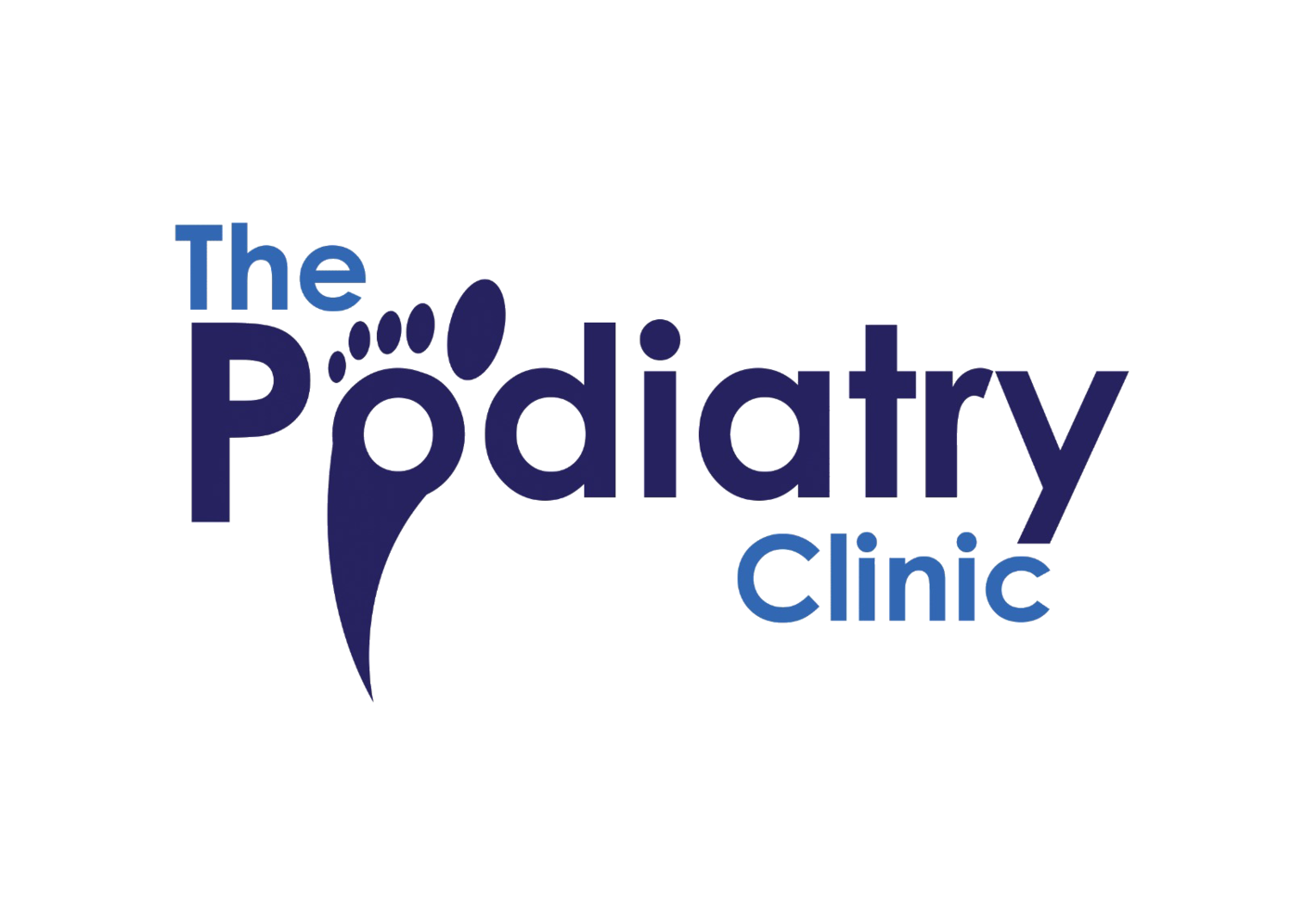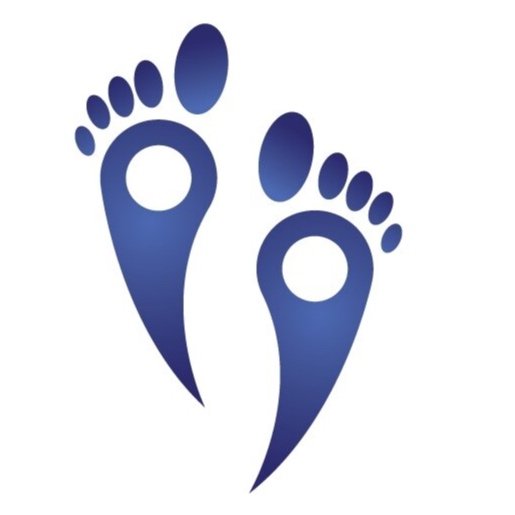
HIP PAIN – CONDITIONS & TREATMENT
In most cases, problems with the hip joint cause discomfort inside of the hip or in the groin area. Problems with the muscles, ligaments, tendons, and other soft tissues that surround the hip joint are the most common cause of hip pain on the outside of your hip, upper thigh, or outer buttock. Disorders in lower back can sometimes cause hip pain.
CONDITIONS THAT CAUSE HIP PAIN
The conditions of Hip pain we treat in The Podiatry and physiotherapy Clinics in Harborne, Birmingham are as follows:
Hip Osteoarthritis – arthritis
Hip arthritis is a condition in which the cartilage in the hip joint wears down causing the joint's bone surfaces to grind together and become rough. This produces pain and stiffness, making movement difficult. Hip arthritis can be treated in a variety of methods, depending on the severity of the arthritis and the patient's age. Nonsurgical or surgical techniques, or a combination of both, may be used to treat the condition.
Hip Impingement Syndrome
The hip joint connects your thigh bone to your pelvis. The ball-shaped top of your thigh bone fits into a cup-like space (socket) within your pelvis like a baseball fits into a glove. A fault with the ball or the socket might cause smooth motion to be disrupted. Repetitive hip flexion affects the socket's cartilage, resulting in hip impingement or femoroacetabular impingement (FAI). There are two types of impingement Pincer and Cam however symptoms can be from combination of them.
Greater Trochanter Pain Syndrome – trochanteric bursitis
It typically presents with pain on the outer aspect of the lateral hip and upper thigh region that may radiate down the outer lower thigh towards knee and into the buttocks region. Trochanteric bursitis, or inflammation of the bursas around outer side of hip, is one of the most common reasons of outer hip discomfort. Condition can also be caused by wear and tear changes in the gluteal (buttock) tendons.
Ischial Bursitis
Ischial bursitis is a painful disorder in which fluid-filled sacs in the pelvis swell. Ischial bursitis is caused by sitting for long periods of time on hard surfaces. Ischial bursitis can make it difficult to walk, run, or sit. Inflammation can be reduced and symptoms can be improved with the right treatment.
Snapping Hip Syndrome
When you walk, run, get up from a chair, or swing your leg around, you may hear a snapping sound or feel a snapping feeling in your hip. The issue is mostly an inconvenience for most people, and the only symptom is the snapping sound or sensation. Snapping hip syndrome symptoms for dancers or sportsmen, on the other hand, may include pain and weakness that impede with performance. This condition is also known as dancer's hip.
Hamstring strains
Unfortunately, they are prevalent and uncomfortable. Athletes of various types, including runners, skaters, football, soccer, and basketball players, are affected. But, first and foremost, what is a hamstring? There is no such thing as a single "string." It's a trio of muscles running along the back of your leg. They provide you the ability to bend your leg at the knee.
Deep Gluteal Pain Syndrome
Our hips are incredible in terms of flexibility. They provide us with strength and stability while we walk. Deep gluteal pain is characterised by discomfort and numbness in the buttocks (bottom) that might extend down the back of the leg. Other illnesses are comparable to, or part of, deep gluteal syndrome, and share many of the same symptoms.
Assessment
The initial assessment consultation session at the Podiatry Clinics in Harborne, Birmingham, lasts about 45 minutes. During consultation, an advanced musculoskeletal clinician performs a thorough assessment and discusses the patient's diagnosis and treatment options in detail.
Diagnosis
Diagnostic ultrasound scan (point-of-care POCUS) is performed alongside musculoskeletal assessment, which provides additional information on top of conventional physiotherapy assessment as well as accurate diagnosis of soft tissues around the joints. Further information on diagnostic ultrasound scan, click here!
Treatment
Advance musculoskeletal clinician at The Podiatry and Physiotherapy Clinics in Harborne, Birmingham, are autonomously endorsing physiotherapists and completely prepared in performing infusions in delicate tissue and joints (with and without ultrasound direction). Thus, notwithstanding ordinary appraisal, and treatment, clinician can give solution if necessary and proposition delicate tissue and joint infusions following point by point meeting. Additional data on delicate tissue and joint infusions (with and without ultrasound direction) click here!
Follow-up
Follow-up treatment meetings are required as a component of on-going recovery, physiotherapy meetings and coherence of the board plan as concurred with the patient on the underlying evaluation.
Treatments: The basic goals of treating hip are pain relief and mobility restoration. In most cases, the treatment strategy will contain a combination of the following:
Loss of weight or slimming down. If necessary, losing even a small amount of weight can considerably reduce hip pain caused by osteoarthritis.
Life style modification. Changing or modifying activities will reduce strain or loading and therefore reducing pain and improves mobility.
Exercise. Strengthening the muscles that surround the hip improves joint stability and reduces discomfort. Stretching exercises aid in the mobility and flexibility of the hip joint. A tailored program formulated by physiotherapist or advance practitioner.
Rest and Joint Care. Avoiding running jumping or jogging till symptoms starts to resolve. Speak to therapist.
Physiotherapy. A physiotherapist who specialise in hip injuries or the recovery from hip injuries can assist strengthen muscles around the hip and reduce inflammation.
Anti-inflammatory and pain medications. Acetaminophen (paracetamol) and NSAIDs over-the-counter can be used to help relieve the pain. However, we advise to medication following consultation with clinician or doctor when if they over-the-counter.
Corticosteroid Injection (Hip Joint). Cortisone or steroid injection in the hip joint under the ultrasound guidance are strong anti-inflammatory with a lot of potency therefore has ability to bring to swelling and pain level down significantly.
Corticosteroid Injection (Bursa). Cortisone or steroid injection in the trochanteric bursa with or without ultrasound guidance are strong anti-inflammatory with a lot of potency therefore has ability to bring to swelling and pain level down significantly.
Shock wave therapy. A focused device sends acoustic ultrasound shock waves through the skin. Three to six sessions are required. Particularly very effective in the greater trochanteric pain syndrome and deep gluteal pain syndrome.
Taping. Taping your knee along with physiotherapy can help you gradually return to your normal activities. It is mainly beneficial in the ligament and tendon injuries conditions such as greater trochanter pain syndrome and hamstring strain. Your physiotherapy will advise and apply as needed.
Arthroscopy. Instead of making a huge incision, a lighted scope and delicate equipment are inserted into small incisions across your hip to repair, cut edges (shaving) or smooth out surface such as hip impingement.
Rehabilitation following Arthroscopy and Hip Replacement Surgery: Goal is to return to desired level of activity as soon as possible therefore physiotherapist will guide you through every step rehabilitation process.

